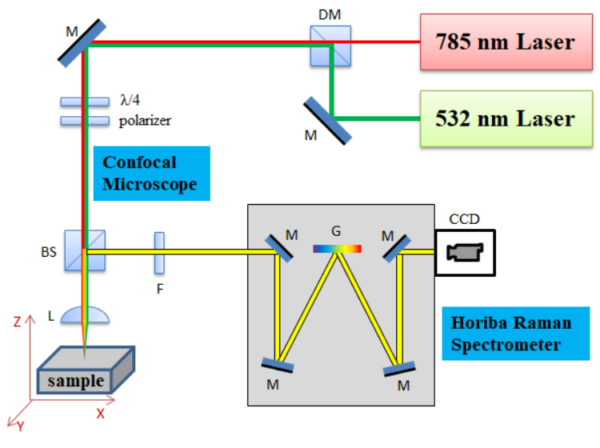According to the results of the implementation of scientific and (or) scientific and technical projects for the entire period of the project, the postdoctoral student should receive the following minimum results:
Publication of research results in the field of natural sciences, engineering, and technology, medicine, and healthcare, agricultural and veterinary sciences:
– at least 2 (two) articles in journals from the first three quartiles by impact factor in the Web of Science database or having a CiteScore percentile in the Scopus database of at least 50.



